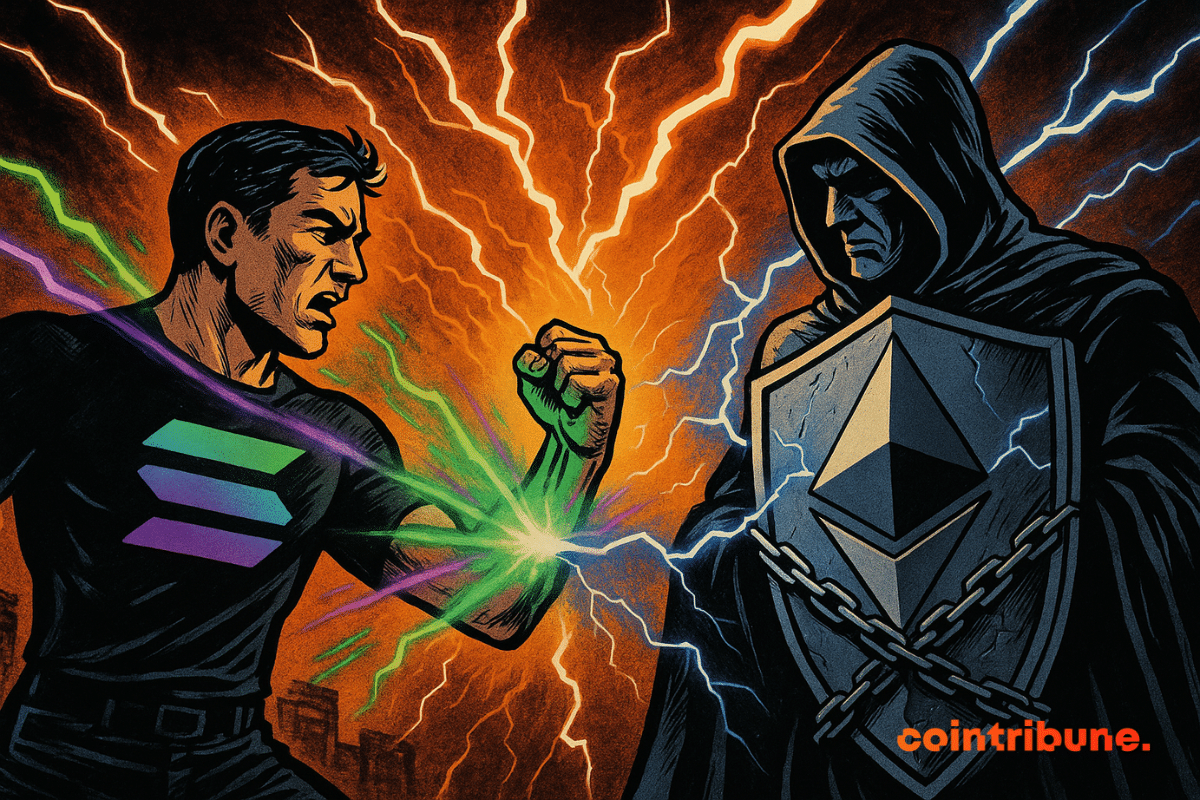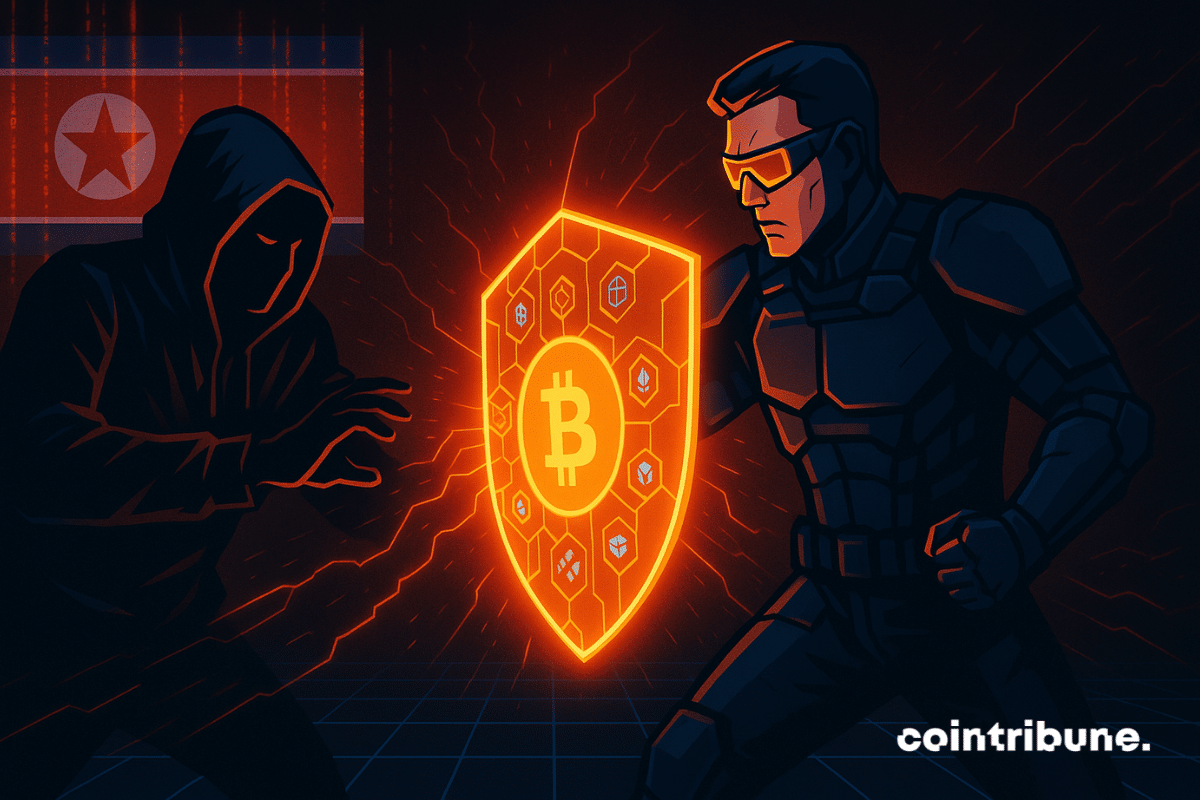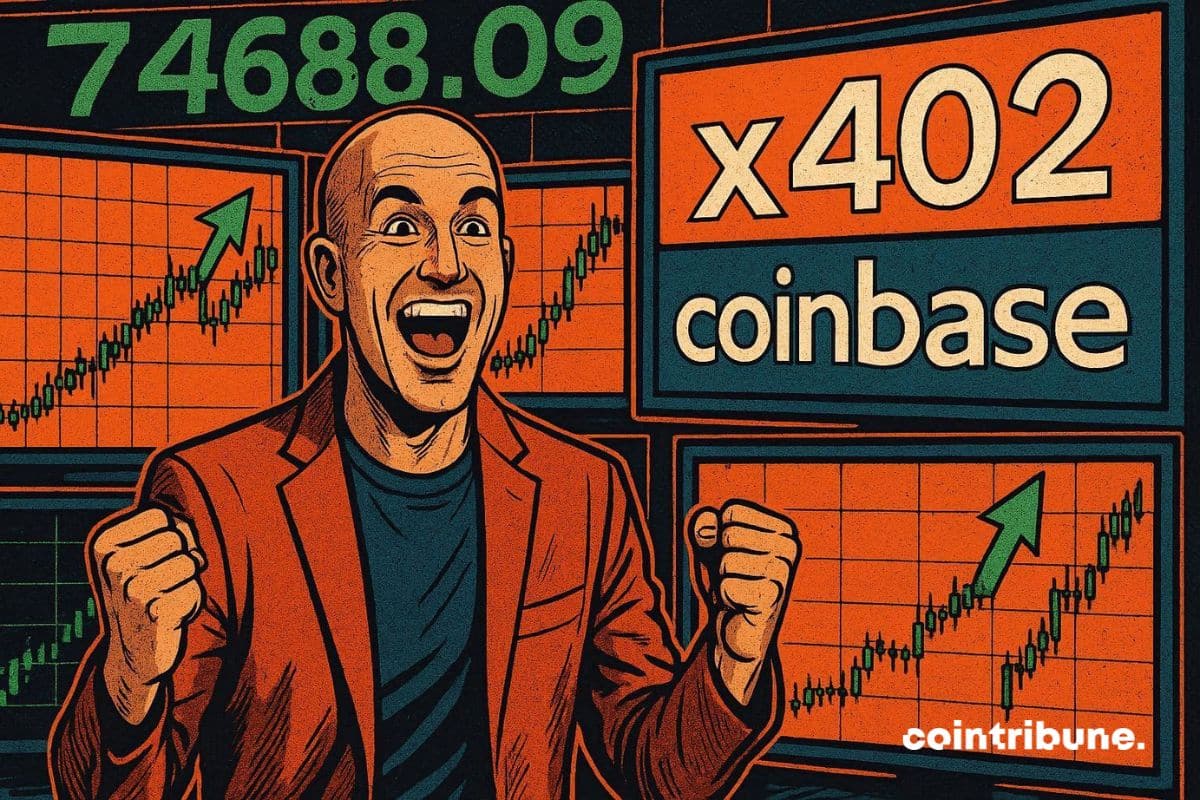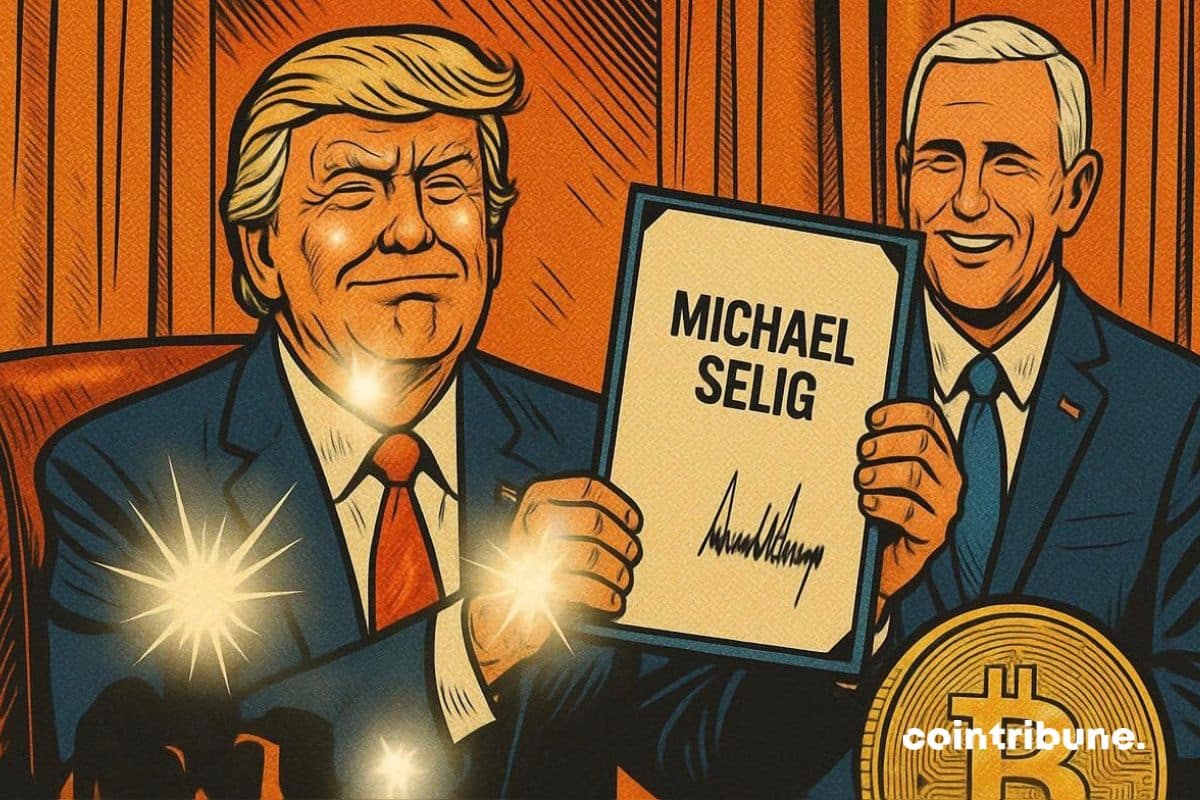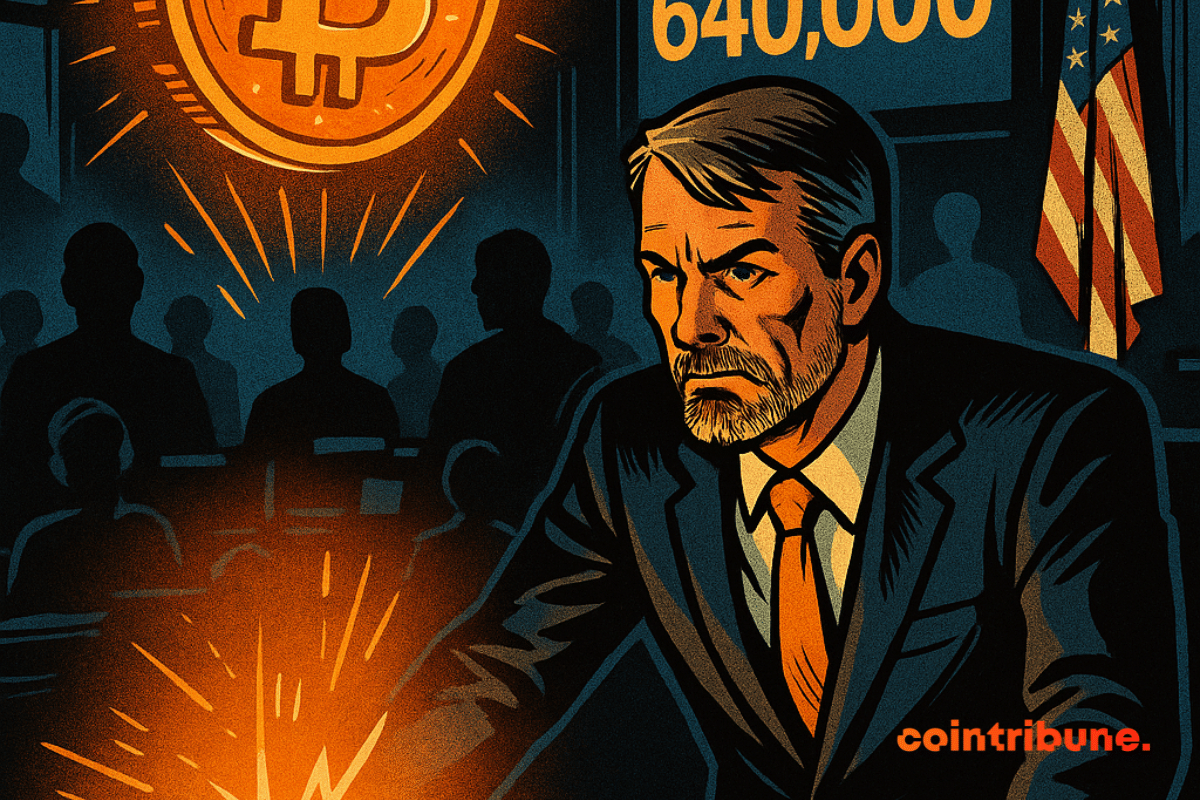When Solana attacks Ethereum at the throat: Yakovenko reveals the dubious backstage of Layer-2s. Behind the security promises? Omnipotent multisigs and bridges with shaky trust.
Archive 2025
Facing the rise of crypto solutions, Western Union is undergoing a major transformation. The company is piloting the use of stablecoins for its cross-border settlements. Present in more than 200 countries, it aims to modernize its financial flows for 150 million customers. This shift, far from symbolic, reveals a clear desire to adapt to a new era where speed, cost reduction, and decentralized infrastructures redefine the standards of international transfers.
With 2.84 billion dollars stolen since early 2024, the Pyongyang regime perfects its hacking techniques and deploys thousands of clandestine IT workers. Facing this growing threat, Chainalysis experts observe encouraging signs: the response capacity of Western states and crypto companies is improving significantly.
In one month, Coinbase's x402 protocol saw its transactions jump by 10,000%, with a record 239,505 operations in one day. A revolution in crypto, where AI and autonomous payments redefine the rules. Dive into the behind-the-scenes of this meteoric rise and its challenges for the future.
A sweeping FBI operation that led to the arrest of an NBA player and coach last week has shaken both the sports and financial worlds. The incident comes as major leagues and betting platforms move deeper into prediction markets. Notably, the scandal has reignited debate over whether regulators are prepared to handle this new frontier of sports speculation.
Donald Trump has just appointed Michael Selig to lead the CFTC, a decision that could disrupt the future of cryptocurrencies. With a pro-crypto profile and a clear vision, Selig embodies the American ambition: to become the global capital of crypto.
Bitcoin’s market structure is showing signs of strain as long-term holders begin moving their coins, leading to a decline in illiquid supply. New data from Glassnode reveal that around 62,000 BTC—worth nearly $7 billion—have left long-term, inactive wallets since mid-October, marking the first major drawdown in the second half of 2025.
Bitcoin entered the week on a strong note, climbing toward $113,000 as traders positioned for further gains ahead of a critical U.S. Federal Reserve meeting. With market sentiment buoyed by expectations of an imminent rate cut, optimism spread across crypto markets, reinforcing Bitcoin’s short-term uptrend.
The message is brief and the signal clear. The "Orange Dot Day" blinked again, then the confirmation came: 390 more BTC. Strategy Inc thus strengthens its treasury beyond 640,800 BTC, while the market approaches 115,000 dollars. The sequence speaks for itself and sets a climate of methodical anticipation.
In a crypto sector marked by insolvency scandals, led by FTX, financial transparency has become a decisive criterion for investors. OKX, one of the leading global exchange platforms, has understood this well: since October 2022, it has been publishing its Proof of Reserves (PoR) monthly, a cryptographic report that allows verification that user deposits are actually covered by real assets. With its 29th report published on March 31, 2025, the exchange shows 24.6 billion dollars in primary assets and a reserve ratio above 100%. But what exactly does this proof of reserves mean? And why does OKX stand out in this area?
